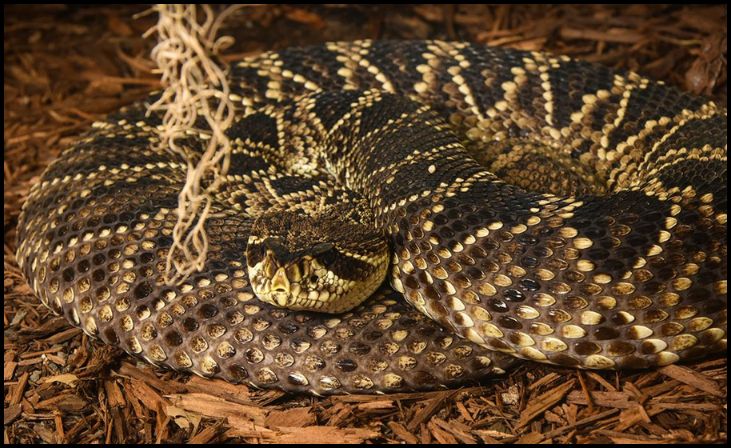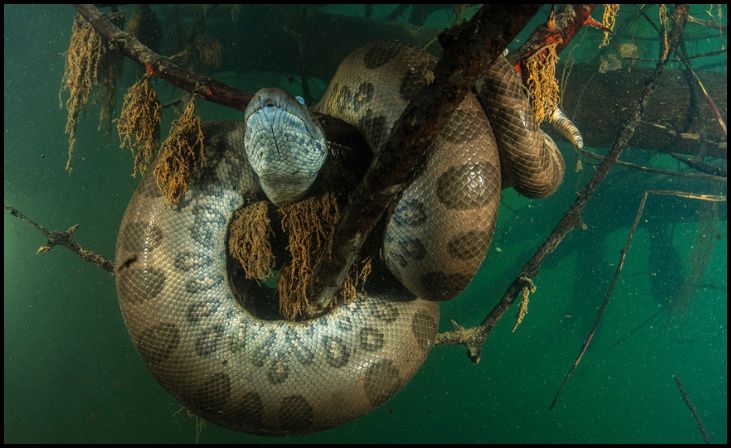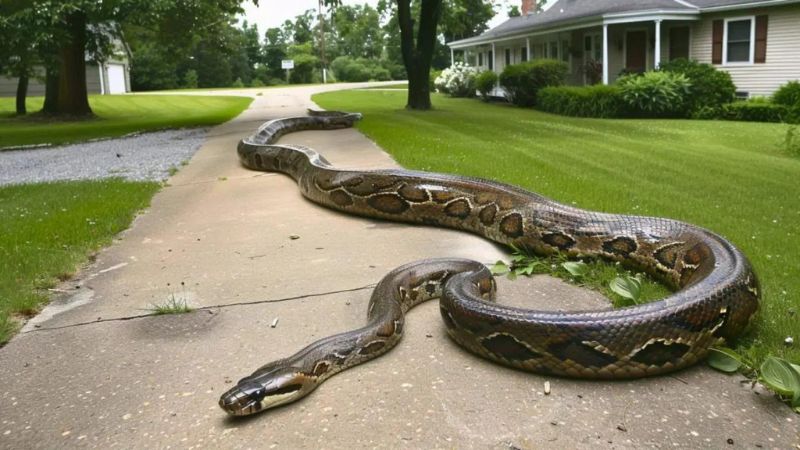Snakes have long captured the imagination of humans with their size, power, and sometimes intimidating presence. In this article, we’ll introduce you to seven of America’s biggest snakes, each with its own unique characteristics and place in the wild.
1. Eastern Diamondback Rattlesnake

The Eastern Diamondback Rattlesnake holds the title of the biggest venomous snake in North America. With its striking diamond-shaped pattern and menacing rattle, it’s undoubtedly one of the most feared creatures in the Southeast.
2. Burmese Python
An invasive species in the United States, the Burmese Python has made itself at home in Florida’s Everglades. Some individuals of this species can grow to lengths exceeding 20 feet, making them some of the largest snakes in the world.
3. Indigo Snake
The eastern indigo snake holds the title of the longest natural snake species in the US. These non-venomous snakes can reach lengths of up to 8.5 feet and are known for their stunning indigo-blue hue, which can appear almost black in certain lighting.
4. Green Anaconda

Though not native to the United States, green anacondas have been sighted in the wild, particularly in Florida. These massive snakes, known for their impressive girth and ability to take down large prey, are a sight to behold.
5. Reticulated Python
Reticulated pythons, like their Burmese counterparts, have been imported to the United States and occasionally found in the wild. While not as common as Burmese pythons, they are still formidable predators capable of reaching impressive sizes.
6. Rock Python
The African Rock Python, though rarely seen in the United States, has been observed in small numbers. With its impressive size and powerful constriction, it commands respect wherever it roams.
7. Boa Constrictor

Another non-native species that has established itself in the wild due to the exotic pet trade is the boa constrictor. Though not as large as some of the other snakes on this list, boa constrictors are still formidable predators in their own right.






